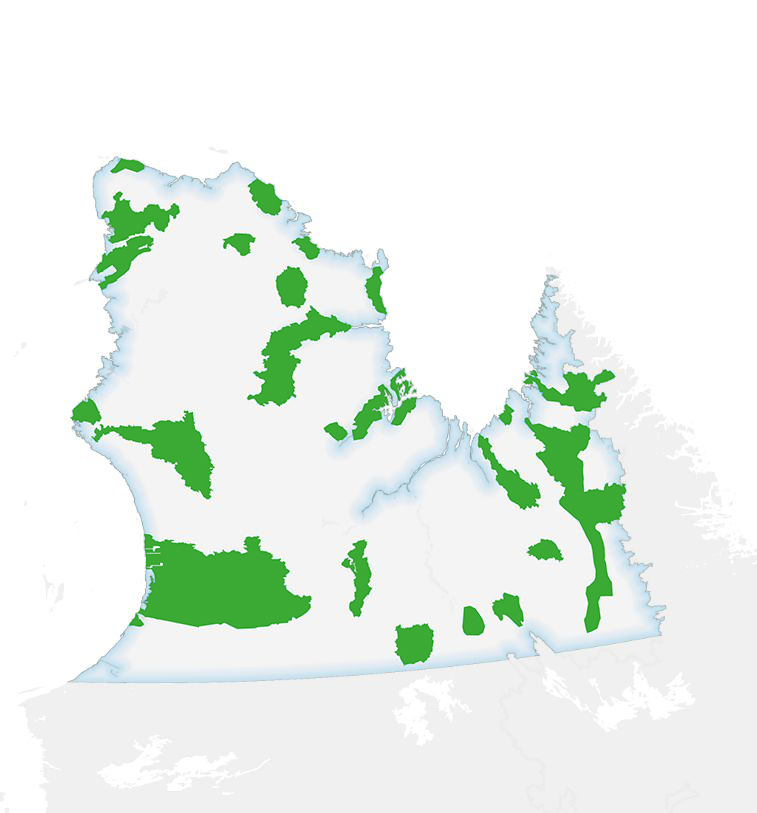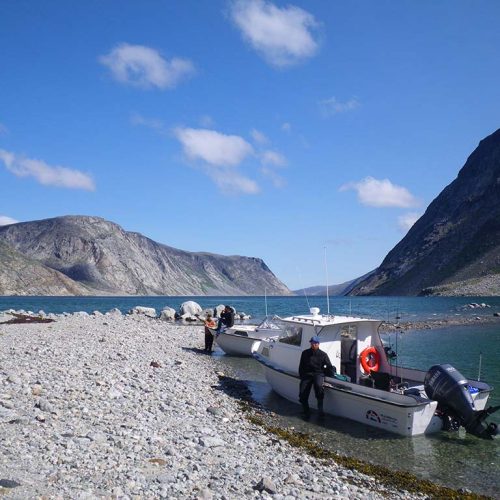The land is the bearer of life. It provides food security and supports the traditional economy of the Nations living off the land; it embodies their identities; it houses their knowledge. Protected areas play an important role in the conservation of Nunavik’s natural and cultural heritage. In 2020, new territories were added to the Register of protected areas in Quebec [available only in French as Registre des aires protégées au Québec]. An extensive public information and consultation process is now underway. Inuit, Naskapis, and Whapmagoostui Crees are invited to participate in the process leading to the creation of the new protected areas and on the relevance and representativeness of the network as proposed and presented on this website.

The Nunavik Protected Areas Network
Nunavik has committed to reaching the target of protecting 20% of the territory. Currently, 29 protected areas, all statuses combined, make up the Nunavik protected areas network. This represents a little over 100,000 km² of protected land and freshwater environments, free of any natural resource exploitation activities (mining, forestry, hydroelectric). The rights (particularly hunting, fishing, and trapping) of the beneficiaries of the James Bay and Northern Quebec Agreement (JBNQA) and the Northeastern Quebec Agreement (NEQA) are maintained and protected.
“It is our right to fight for our land… We must find a balance between protection and development if we want to give our children real choices for the future. Being proactive and taking initiative to create protected areas is one way to achieve this. ”
Participant in the 2011–2012 protected areas consultations
What is a protected area?
According to the International Union for Conservation of Nature (IUCN), a protected area is “a clearly defined geographical space, recognized, dedicated and managed, through legal or other effective means, to achieve the long term conservation of nature with associated ecosystem services and cultural values”. In Nunavik, the cultural dimension is essential to create protected areas along with the conservation and development dimensions.

